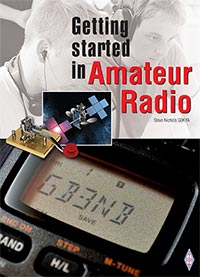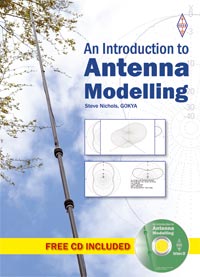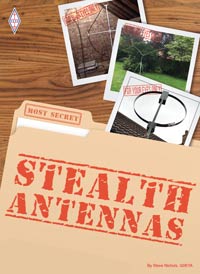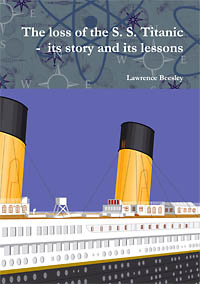 To celebrate Great Britain hosting the Olympic Games we are allowed to apply for a special notice of variation to our licence. This allows us to add the suffix “O” to our calls.
To celebrate Great Britain hosting the Olympic Games we are allowed to apply for a special notice of variation to our licence. This allows us to add the suffix “O” to our calls. So until early September I can use GO0KYA. I tried it out the other day and within half an hour on 40m CW I had worked the Netherlands, France, Czech Republic, Germany and Belgium.
But today I had a great idea. To celebrate nearly two years, and sales of more than 2,000 copies, of my book “Stealth Antennas” I'm going to switch to my indoor parallel-fed dipoles or MFJ-1786 magnetic loop, turn the power down to 5W and work QRP with the call.
I'll try and operate around +/3 KHz of the CW QRP calling frequencies on 40, 20, 17, 20, 15 and 10m.
I plan to try and do this at least once or twice a week and I'll add the times/bands of operation to the top of this story each time.
This idea was inspired by John N8ZYA in Charleston West Virginia, who is featured in the book and works stations using Isotron antennas mounted indoors. And yes, he does work lots of DX!
Be good to work you.
Steve G0KYA
Update 6/8/12
Well, great evening. Condx not too good and lots of noise/QSB but worked: RY7G, OH2NOS (10W his end), OM3CAZ, OM8RA, R6AF, HA5AEK, IT9BUA (QRP), EA8AGF (QRP), S51WO (17m) and the highlight - Taka JA0FVU (17m), otherwise all on 20m QRP 5W from an Icom 756 PRO 3. Using a new touch keyer so a few mistakes! Mostly used the outdoor 20m M0CVO Windom (OCF). One or two were with indoor dipole, but needed a little more oomph. Will be on the air again soon.
Update 16/8/12
Had another session with the Olympic call today and worked R10RLHA/1 (Russian Lighthouse), RN3DMU, UA4NE/P, R200V,HG20SD, CT3AS, 5N7M (Nigeria), EW8O and OM3KFF. A couple were on 5W, but the majority on 50W. I have put the Western HF10 dipole back up in place of the M0CVO Windom as I had to repair the 10m fishing pole support - works well on 20m. Not so sure about 15m though! Very pleased about Japan and Nigeria.













